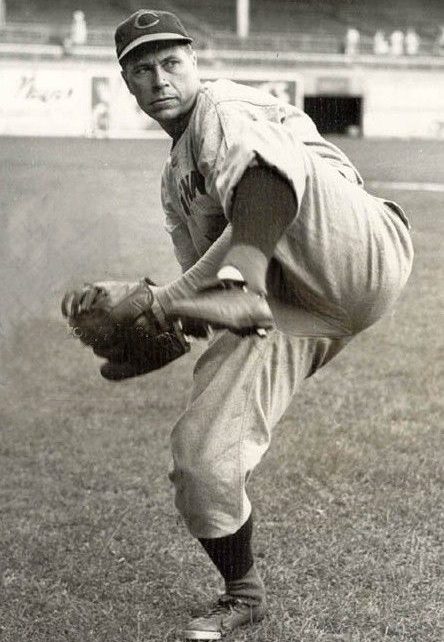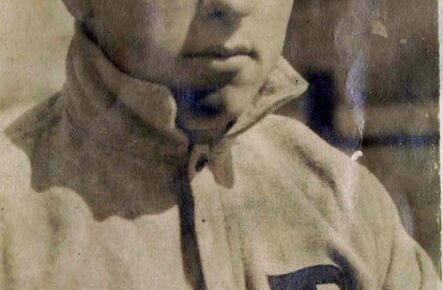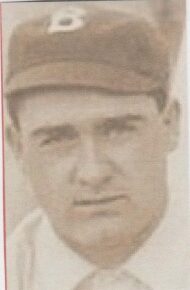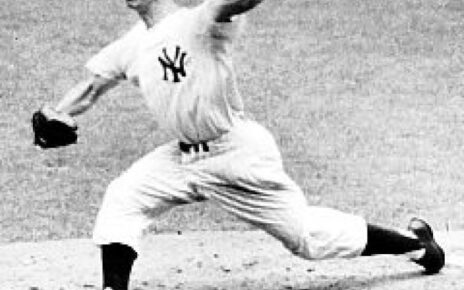Previously in the two-way series I’ve talked about the death of two-way players in the white major leagues. This occurred after the success of Babe Ruth, and you would be correct in thinking that doesn’t make much sense. Major League Baseball teams got a taste of the value a player could provide as both an elite hitter and pitcher and they promptly backed away from the idea altogether. No one has ever said that the men running MLB teams are the brightest bulbs, and that remains as true today as it was in the 1920s. Point being, come the mid to late 1920s the two-way player had all but died in MLB.
In Minor League Baseball it was a different story. A desire to save money and maximize roster space led to numerous clubs giving prospective two-way players more of a chance to ply their trade. Often times it wasn’t about success, rather, anything that was a selling point to bring a fan through the turnstiles was worth a shot. That’s how you get guys like Jim Turner.
Milkman Jim spent the first three years of his career as a light-hitting pitcher. Then in 1926 he was able to convince his manager for the C level Greensboro Patriots that he could play the outfield and pitch. In 239 innings toeing the rubber he put up an ERA of 4.18 and a WHIP of 1.397. In 274 at-bats he slashed .296/unknown/.438 with 6 home runs. He wasn’t great for Greensboro, but there existed the potential for a player who could be a decent to above average pitcher and hitter.
In 1927 he returned to the role of strictly being a pitcher. One season later he again tested out the two-way waters. Turner bounced around between three teams in 1928, and his role as a two-way player was never truly defined by any of the teams.
The righty pitcher started the year with the Norfolk Tars of the Virginia League. He was dominant on the mound for the Tars, putting up a WHIP of 1.195 and an ERA of 2.85. No batting statistics are available for Turner in Norfolk. Next stop on his MiLB tour was the Selma Cloverleafs of the Southeastern League. He played 15 games in the outfield for Selma, and it wasn’t pretty. He hit .141/unknown/.141, and as the last number shows he had no pop whatsoever. The Cloverleafs also had the dairy farmer pitch 9 games. His 4.50 ERA and 1.650 WHIP were just a little on the awful side of things. 1928 ended the same for Turner as 1926 had, with the Patriots in the Piedmont League. Back to exclusively being a pitcher, Turner sported a 6.06 ERA and 1.429 WHIP in 49 innings. He did get 39 at-bats as a pitcher, and his .256/unknown/.359 slash line was more respectable.
After 1929 Turner was done playing any position but pitcher. His 1928 was a weird one, with his two-way attempt spread across three teams, two different MiLB levels, and with nothing resembling consistent usage. He tried, I’ll give Turner that much, but the potential he showed as a hitter in 1926 never truly materialized. It’s for the best that Turner reverted to a one-way player come 1929, he wasn’t good enough to be a two-way player in any era.
Lead photo courtesy of unknown




